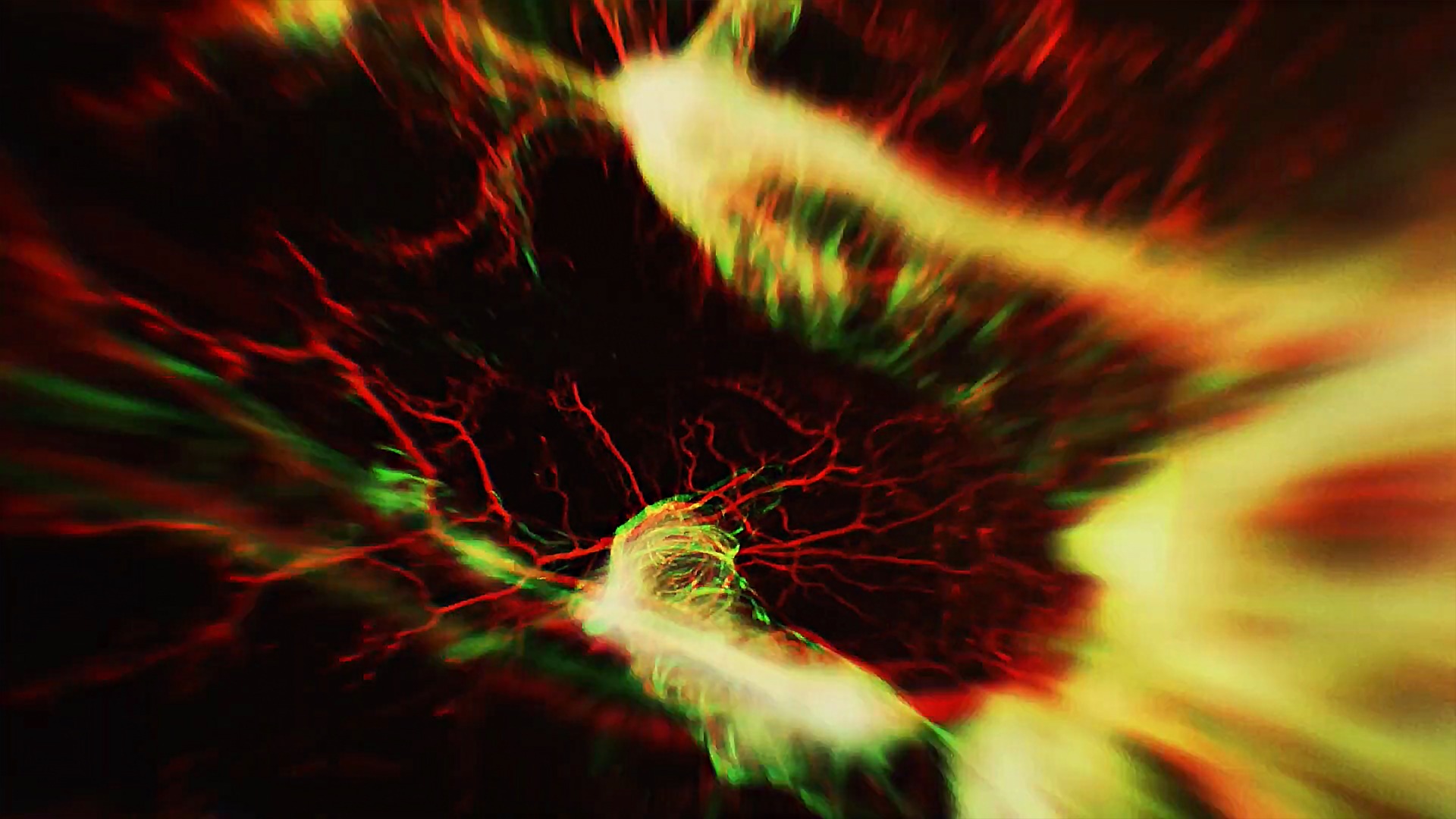3-D imaging sheds light on neuronal components in fatty liver disease
Non-alcoholic fatty liver disease is the most common hepatic disorder, and affects one quarter of the population in the Western world. Using three-dimensional imaging technology, researchers at SciLifeLab have discovered that one portion of the vegetative nerves in the liver undergoes a severe degeneration in experimental and human fatty liver disease.
The study is published in Science Advances, and describes that the degeneration of liver sympathetic nerves is correlated with liver pathology and emphasizes that nerve-mediated communication is impaired in the fatty liver. With the application of a novel three-dimensional imaging technology, researchers at Karolinska Institutet, KTH and SciLifeLab have discovered that one portion of the autonomic nervous system in the liver undergoes severe degeneration in non-alcoholic fatty liver disease.
Mathias Uhlén and colleagues at the Human Protein Atlas have created a movie illustrating the liver and more specifically a “fatty liver” with inflammation.
”Our vision is that the results from this study will lead to new therapeutic approaches in the treatment of steatohepatitis and portal hypertension by targeting the liver sympathetic nervous system”, says Mathias Uhlén (SciLifeLab/KTH).
The study shows that nerves in the liver have multiple subtle regulatory roles. “Their role, however, may be more essential during the fight-or-flight response or when subjected to metabolic challenges. Degeneration of liver sympathetic nerves and abnormal operation of the remaining nerve fibres in the fatty liver could compromise all these functions, which may contribute to further aggravation of the disease, as part of a vicious cycle”, says Csaba Adori, researcher at the Department of Neuroscience, who led the study.
This article is based on a press release from KTH and Karolinska Institutet.





